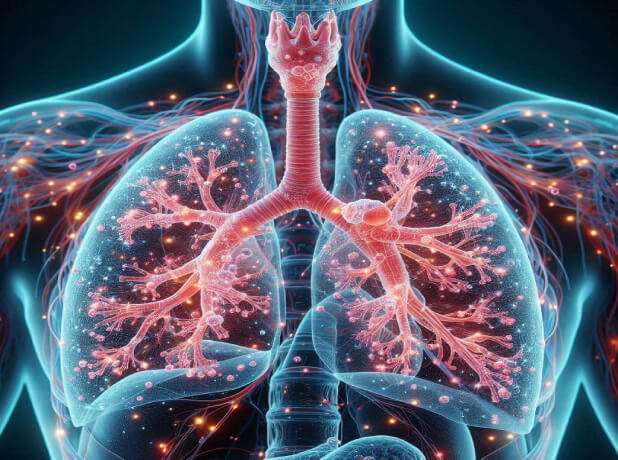
Abstract
Background
Cardiopulmonary bypass is widely used in cardiac surgery but often leads to lung ischemia–reperfusion injury, a major cause of morbidity and mortality. Despite advances in critical care, effective prevention remains challenging. Sitaxentan, a selective endothelin receptor antagonist, has shown protective effects in ischemia–reperfusion models, suggesting its potential in mitigating lung ischemia–reperfusion injury. This study investigated the efficacy of sitaxentan in reducing lung ischemia–reperfusion injury during cardiopulmonary bypass.
Methods
Twenty-four female beagles were divided into sham, cardiopulmonary bypass, and endothelin receptor antagonist (sitaxentan-treated) groups. Hemodynamics, arterial blood gas, lung damage scores, wet/dry ratio, and levels of various biomarkers were evaluated.
Results
Lung damage scores in the endothelin receptor antagonist group were lower than those in the cardiopulmonary bypass group but higher than those in the sham group (P < 0.05). The wet/dry ratio was lowest in the sham group and higher in the cardiopulmonary bypass group than that in the endothelin receptor antagonist group (P < 0.05). Caspase-3 and hypoxia inducible factor-1α levels were intermediate in the endothelin receptor antagonist group compared with those in the cardiopulmonary bypass and sham groups (P < 0.05). In contrast, phosphorylated-endothelial nitric oxide synthase, phosphorylated protein kinase B, tumor necrosis factor-α, and interleukin-6 levels were higher in the endothelin receptor antagonist group than in the cardiopulmonary bypass and sham groups (P < 0.05). Malondialdehyde level was higher and superoxide dismutase level was lower in the cardiopulmonary bypass and endothelin receptor antagonist groups than in the sham group (P < 0.05).
Conclusions
Sitaxentan may offer a novel therapeutic approach to attenuate lung ischemia–reperfusion injury in clinical settings by regulating the hypoxia inducible factor-1α/phosphorylated protein kinase B/phosphorylated-endothelial nitric oxide synthase pathway.
We use cookies to provide you with the best possible user experience. By continuing to use our site, you agree to their use. Learn more
